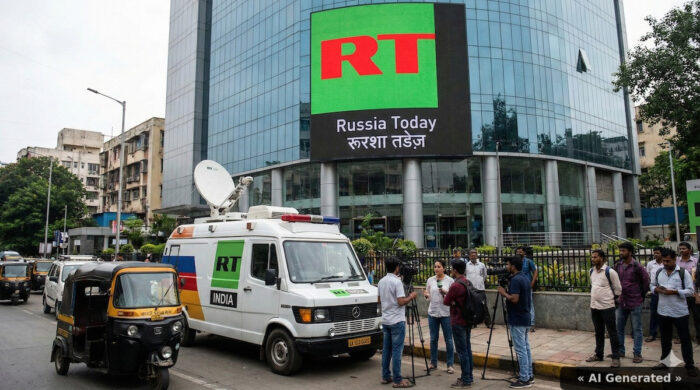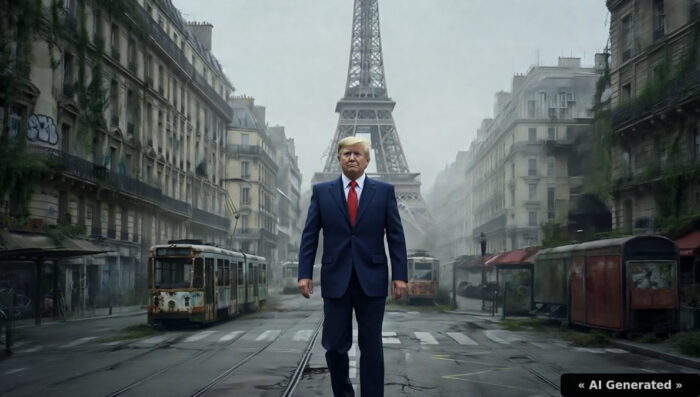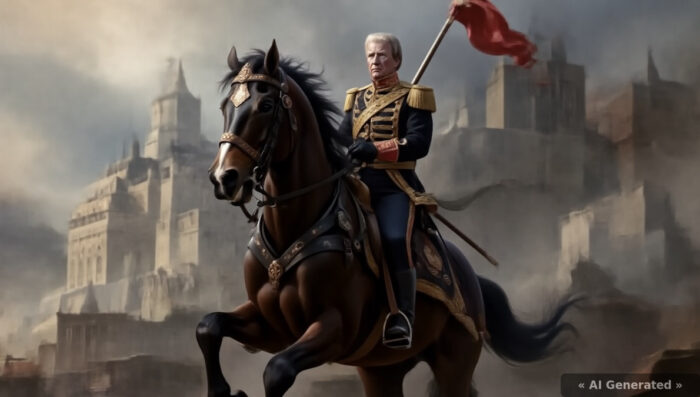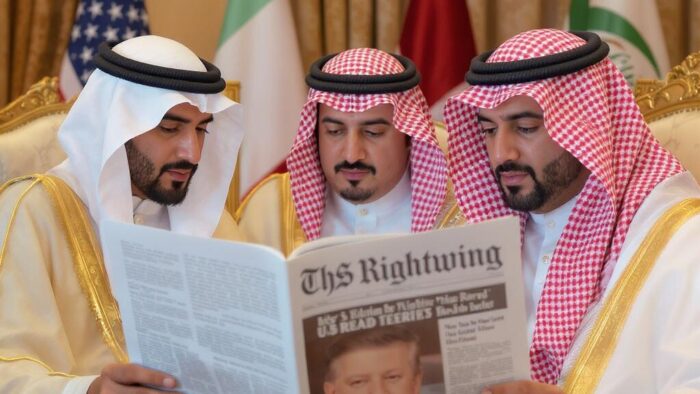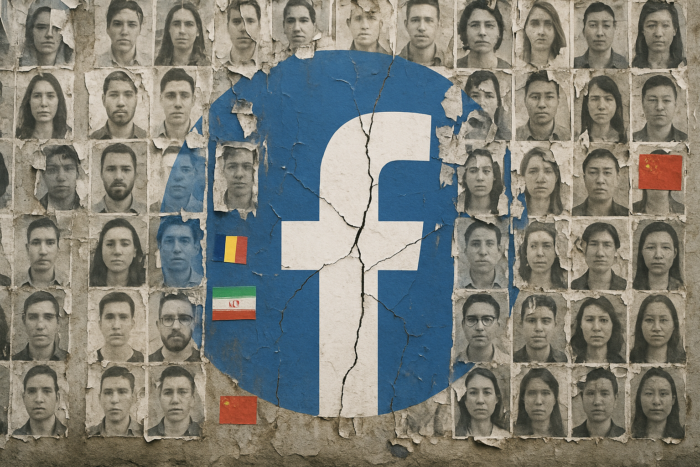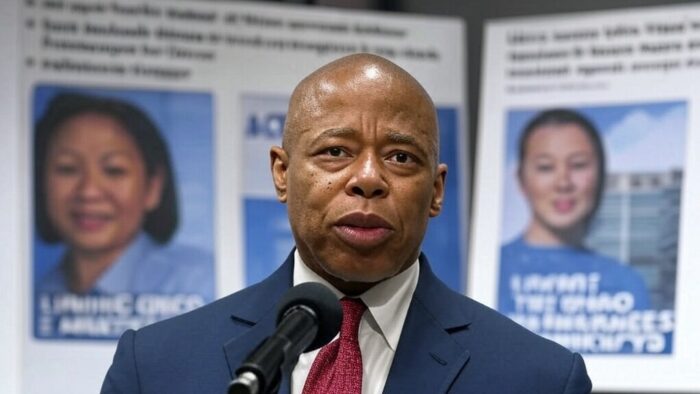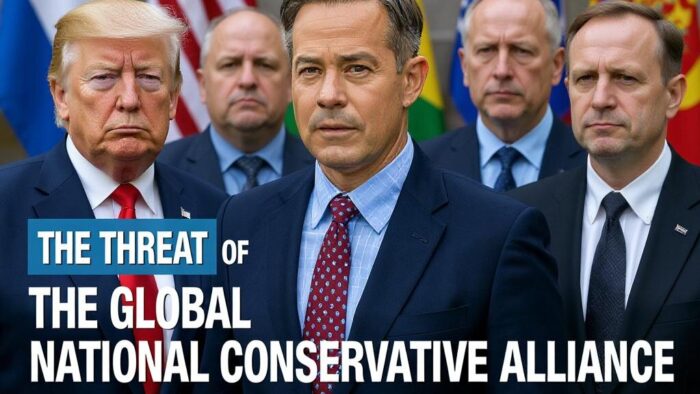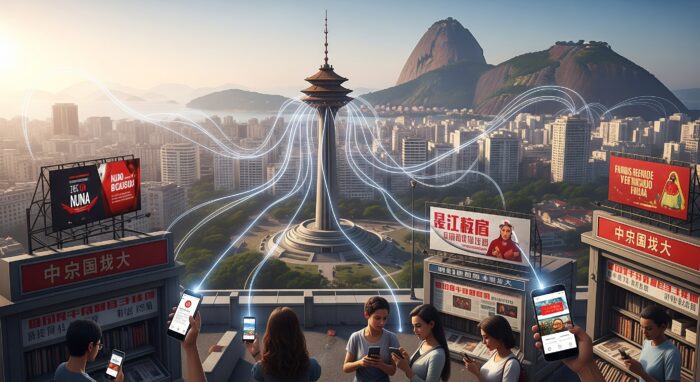Sino-Russian information warfare cooperation has emerged as a formidable challenge to Western democratic institutions through coordinated foreign information manipulation and interference operations. On June 30, 2025, the Center for European Policy Analysis published a comprehensive report by Tamás Matura revealing how China and Russia increasingly align their disinformation efforts, using AI-driven propaganda, deepfake technologies, and state-controlled media to undermine NATO and EU cohesion while promoting multipolarity through shared anti-Western narratives. The report begins:
China and Russia’s cooperation in foreign information manipulation and interference (FIMI) represents a growing challenge to the West. By aligning their narratives, leveraging state-controlled media, deploying sophisticated cyber strategies, and advocating for a new information order, the countries present a formidable challenge to democratic information ecosystems. While their strategies and priorities may differ, their shared goal of undermining Western influence ensures continued collaboration in this domain. Understanding these dynamics is crucial for developing effective countermeasures to safeguard the integrity of information spaces worldwide. This report examines the depth and effectiveness of the alleged cooperation between Beijing and Moscow, exploring the extent to which their cooperation leverages coordinated disinformation campaigns, cyber operations, and media strategies to influence global perceptions, challenge democratic institutions, and advance their geopolitical interests. Understanding the depth and implications of this cooperation is essential for policymakers and scholars aiming to safeguard democratic processes and maintain international stability
Key Points
- Both countries employ state-controlled media outlets like RT, Sputnik, CGTN, and Global Times that frequently republish and amplify each other’s content to extend global reach, particularly in developing nations.
- Chinese and Russian FIMI networks deploy mutual amplification strategies, with bot networks and AI-generated content creating fabricated news stories and deepfake videos while targeting democratic elections and institutions.
- The report identifies parallel patterns in election interference, with Russia’s 2016 US election operations complemented by China’s “Spamouflage” campaigns using fake accounts to spread divisive content ahead of 2024 elections.
- Case studies reveal coordinated influence operations across Africa, Latin America, and the Asia-Pacific, with both nations exploiting societal fault lines and promoting alternative governance models to challenge Western hegemony.
Russian & Chinese Media Operations: Global Disinformation and Influence
Russian and Chinese state media have increasingly converged in their global operations, leveraging both traditional and digital platforms to amplify shared narratives and challenge Western influence. Chinese outlets frequently repeat Kremlin rhetoric, particularly during crises such as the war in Ukraine, where they echo Russian disinformation about NATO provocations while avoiding direct condemnation of Moscow’s actions.
Coordinated digital campaigns now harness AI-driven networks to flood platforms like YouTube with pro-China and pro-Russia content, often using synthetic media and fake personas to appear legitimate and maximize reach. As Western media influence recedes, China and Russia have rapidly expanded their state-backed media presence into regions such as Africa and Asia, employing strategies that blend public diplomacy with covert influence operations to exploit social divisions and undermine democratic institutions.
External References:
-
China-Russia Convergence in Foreign Information Manipulation and Interference
-
Russia and China Use AI to Fuel Global Disinformation, OpenAI Reveals
-
OpenAI Says Russia and China Used Its A.I. in Covert Campaigns
Disclaimer
The Global Influence Operations Report (GIOR) employs AI throughout the posting process, including generating summaries of news items, the introduction, key points, and often the “context” section. We recommend verifying all information before use. Additionally, images are AI-generated and intended solely for illustrative purposes. While they represent the events or individuals discussed, they should not be interpreted as real-world photography.

